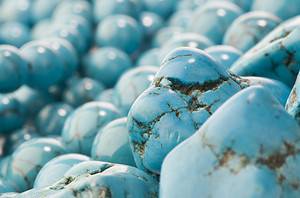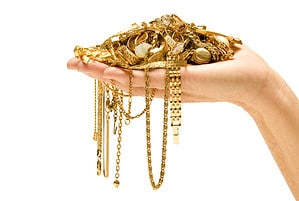Jade is a pretty stone that most often comes in a rich and creamy emerald green color. However, it comes in many other colors besides just green. Each color has its own symbolism and uses. As a whole, Jade’s symbolism is rich and diverse.
The stone is most associated with China, as it was highly used and many pieces still exist even from Ancient China. However, the stone was used throughout the world, including in the Americas.
To learn more about the history, uses, and symbolism behind jade, you’ll have to keep reading.
The Differences Between Jadeite and Nephrite
There are two kinds of stones classified as jade. They are nephrite and jadeite. Jadeite is often the more valuable and symbolic of the two as it works better for detailed carving.
The differences between these two types of jade are based on the materials that make up the stone. Nephrite is a silicate made from calcium and magnesium. Meanwhile, jadeite is a silicate made from sodium and aluminum.
This means the colors and the textures are a little different. Nephrite is mostly green, though it is sometimes yellow. Meanwhile, jadeite is white, green, lavender, yellow, brown, black, or orange. Sometimes, it’s even blue.
The two different forms of jade also have unique meanings. Because jadeite is rare, it’s considered to have more power and higher energy in the form of vibration. However, both stones assist with healing both emotionally and physically.
The History of Jade
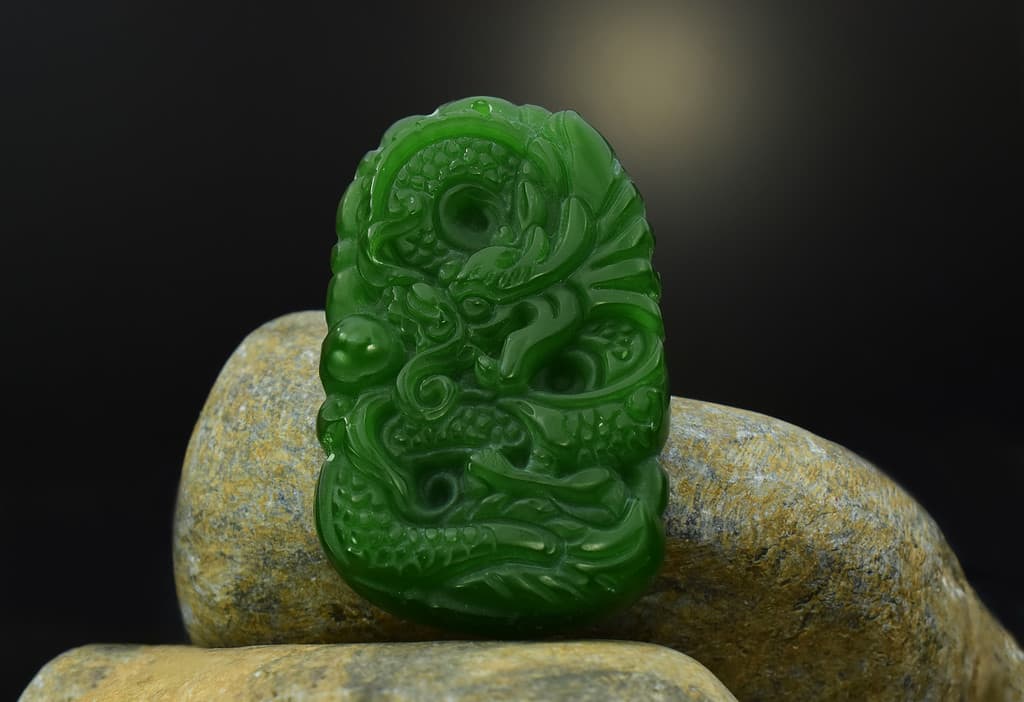
Rich emerald green was a prized form of jade and had a lot of meaning connected to it.
©Luen Wantisud/iStock via Getty Images
However, until the 18th century or so, the people didn’t know the difference between the two stones. It’s thought that nephrite is more what the Chinese used. It’s a little softer, which means the stone loses details over time. However, it’s also easier to carve.
China
Jade has been a part of human history for a long time. The exact details of when and how it was found aren’t known. The Chinese word for jade was found in the first dictionary ever published in the country. However, it’s thought that using jade for rituals and religious purposes dates back to the Neolithic periods of 4,000 to 2,500 BCE.
Though jade is found throughout the world, it’s thought it started and grew most popular in China. Even during the Neolithic period, there were signs of people in China using the stone for tools and disks. By the Shang dynasty, around 1600 to 1046 BCE, the stone’s main purpose was for ornamental and ceremonial uses.
Unfortunately, the demand for jade was so great in Ancient China that the deposits in the country ran out. This includes the jade once found in the Yangtze River Delta, Liaoning Providence, and Inner Mongolia.
Japan
Japan also used jade. The people of Japan mostly used it as a way to display wealth and power. Jade was used as far back as the Jomon period, which dates to roughly 7,000 years ago. Itoigawa provided most of the jade to the Japanese people. Only green stones were used, as they symbolized fertility, life, and the soul in Japanese culture.
Korea
While the love for jade wasn’t as abundant in Korea as other Asian countries, they still used the stone. Koreans carved mall shapes from jade to place in crowns and to bury alongside the dead.
The Americas
Spanish explorers traveling found several cases where the natives in the area used jade to help with pain and wounds. People pressed the stone to the areas where the pain was strongest. It supposedly helped to relieve all sorts of aches and pains.
In North and Central America, the Mayans, Aztecs, and other people used Jade as a form of medicine, for religious practices, and as jewelry.
The name jade came from the Spanish expression “piedra de ijada,” which means “stone of the pain in the side” because they say so many people use it to cure aches around the stomach area.
Jade’s Uses
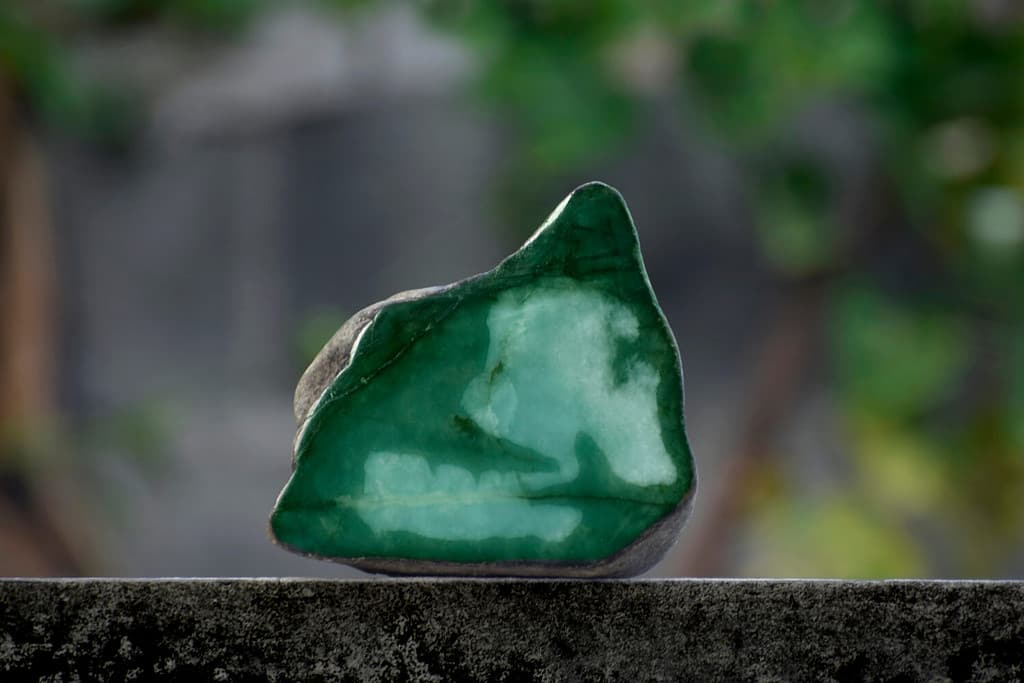
While jade is pretty by itself, it’s often carved into intricate designs or jewelry.
©Pesh Siri/Shutterstock.com
Since jade is pretty hard, ranking a seven on the Mohs scale, and is incredibly tough, it’s a great stone to use for many reasons.
Throughout history, musical instruments were carved from jade. Some instruments that work well with jade include gongs and xylophones. These instruments were common in China.
In other parts of the world, like New Zealand, people used jade to make heirlooms, ornaments, weapons, and tools. These heirlooms were called hei-tiki. These hei-tiki pendants were passed down from generation to generation. These pendants helped to guide the family. Only Tohunga could find and carve the jade properly.
Besides the people in New Zealand and China, the Egyptians and Meso-Americans also used this brilliant green stone.
Mementos for the Dead
Jade had more purpose than just for family heirlooms and instruments. Carvings from rich green jade often accompanied the dead to the afterlife. In China, jade pigs and cicadas sat on the dead to help guide them to the afterlife, promote resurrection, and prevent decomposition.
China also used jade for wine cups to help make offerings to the ancestors. Intricate carvings, including terrifying monsters, decorated the cups to protect the dead.
The Symbolism and Meaning Behind Jade
Jade was the perfect stone for all of this, as China believed that green was the color of the dead. The stone also had close ties with wealth, and royalty, and acted as a protector of both the living and the dead.
When it comes to feng shui, jade also plays an important role. Having jade items in your home or area fights off negative energy and brings in good fortune. For those looking for a muse, Jade brings creativity and abundance into your space.
The Connection Between Jade and the Heart Chakra

The heart chakra and jade are closely interconnected.
©Wirestock/ via Getty Images
Jade has a connection with the chakras as well. It’s most connected with the heart chakra. This means it’s responsible for emotions, compassion, and love.
If used right, jade helps to improve healing and self-love. It also helps with relationships.
Jade as a Birthstone
The official birthstones for March are aquamarine and bloodstone. However, jade is an unofficial birthstone for the month based on the old Tibetan calendar. Additionally, based on the zodiac, jade is a stone for Pisces, which is mostly in March.
Jade has a secondary use as well when it comes to birthstones. If you were born between 9 p.m. and 10 p.m. on any day, you have the honor of having Jade as an alternative birthstone.
The Different Meanings Behind Jade Based on the Color
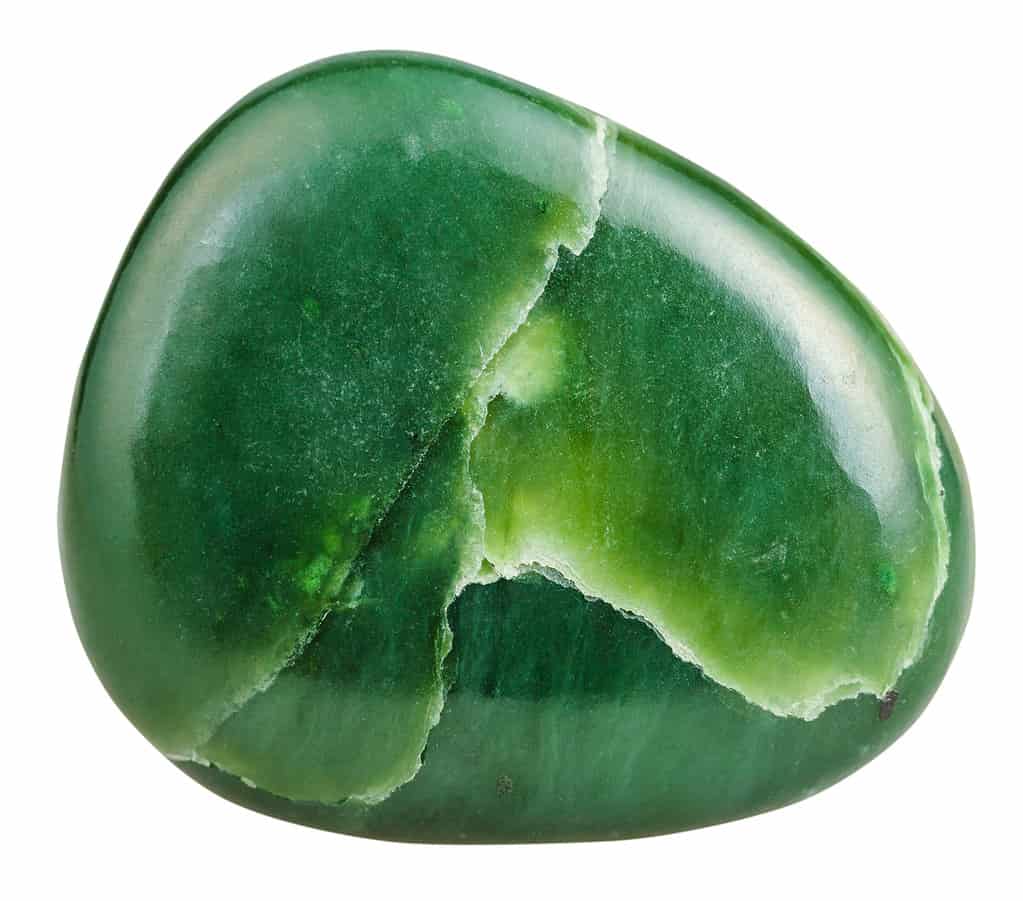
While green is the common and most desired color of jade, it’s not the only one.
©vvoe/Shutterstock.com
While all of the uses and symbolism above focused on green jade, other colors have slightly different meanings.
- Red Jade: Symbolizes passions and desires while also repelling negative energy.
- White Jade: Also known as pure jade because of the milky color. It’s meant to bring calm, focus, peace, and direction.
- Black Jade: Protects and grounds. It also fights fears, anxiety, and self-doubt.
- Blue Jade: Promotes peace, honesty, and communication.
- Yellow Jade: Represents positivity, happiness, joy, and fortune. It also fosters optimism, enthusiasm, and creativity.
- Brown Jade: Embodies the earth and the connection to it. It also offers emotional healing, peace, and inner balance.
- Purple Jade: This jade is used for spirituality, intuition, and inspiration. It also assists with creativity, pursuing your dreams, and fostering the imagination.
- Lavender Jade: Symbolizes compassion, love, nurturing, healing, spiritual growth and awakening, and intuition.
- Orange Jade: Promotes creativity, emotional balance, motivation warmth, and inner strength.
Thank you for reading! Have some feedback for us? Contact the AZ Animals editorial team.





